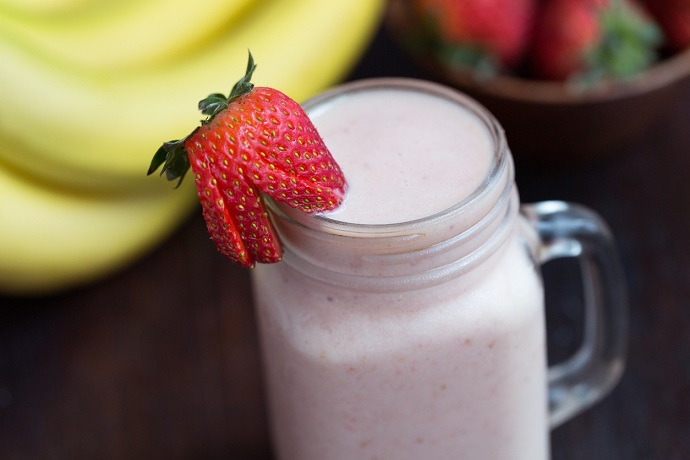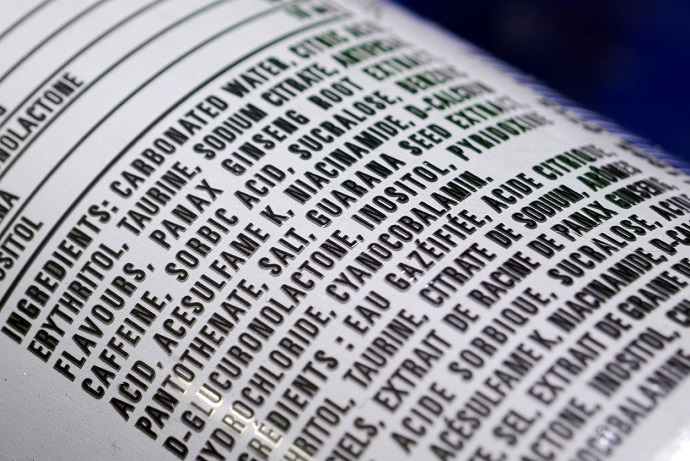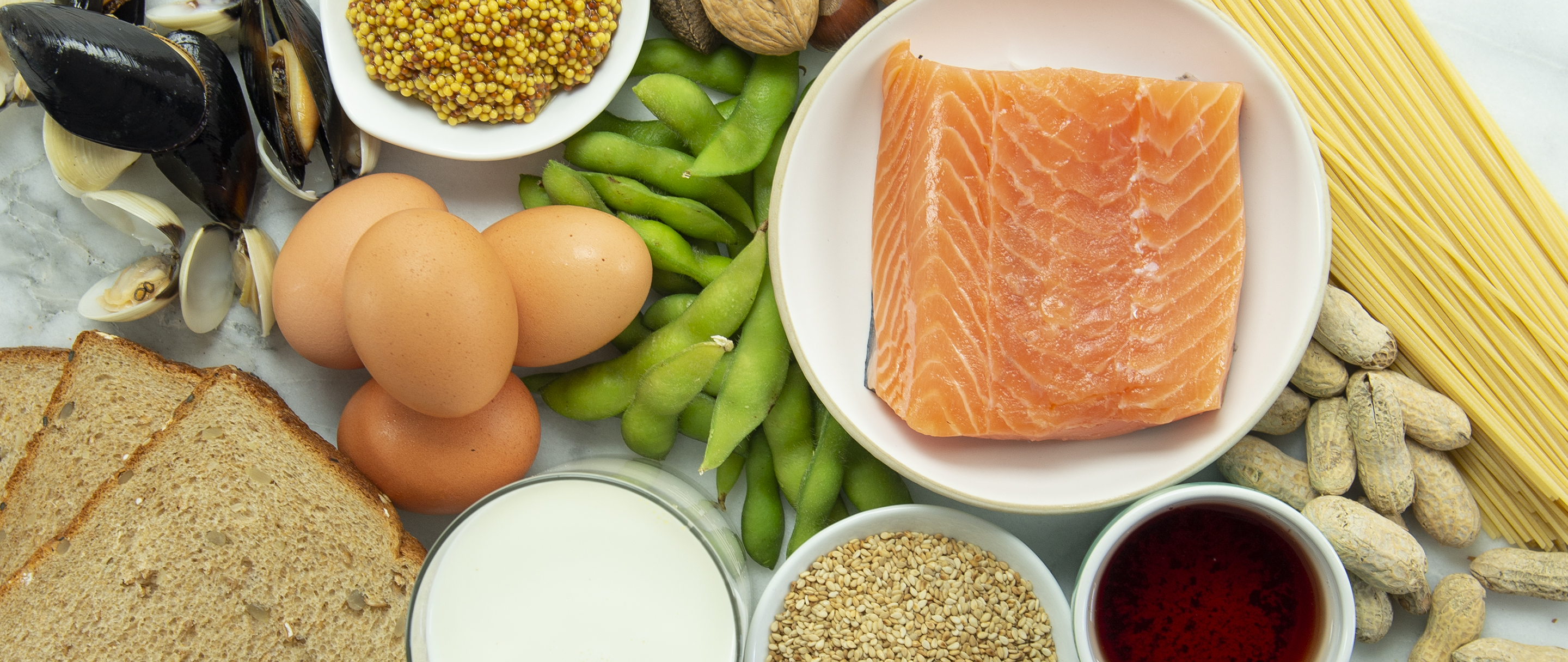From Our Dietitians: The Power of Protein
Nutrition, Performance Spotlight
You’re likely familiar with protein as a tasty and filling component on your plate. But did you know that protein is a powerhouse macronutrient that has many important roles within our bodies? Protein helps to support a strong immune system and acts as a messenger in certain hormones to carry signals between cells. Perhaps the most familiar function of protein is giving our bodies structure as a building block for lean muscle. Here are some of the most common questions...
All Foods Fit: Exploring All the Reasons We Eat
Nutrition
SAGE’s nutrition philosophy is All Foods Fit. This means that there are no “good” or “bad” foods because we eat many different foods for many different reasons. Food supports our physical, social, emotional, mental, and cultural well-being — which support our overall health. We want to honor and celebrate those reasons! Food keeps us nutritionally balanced, provides the opportunity to explore other cultures and flavors, and allows us to create long-lasting memories and enjoy the dining experience. Below, we’ve highlighted...
Up Your Game with Performance Spotlight®
Nutrition, Performance Spotlight
Does your athlete want to add an extra edge to their game? Fueling properly is a strategy athletes can use to optimize their performance. Leading professional organizations, including the Academy of Nutrition and Dietetics, recognize that adequate nutrition can maximize gains in speed, strength, and agility. It can also shorten the recovery period, provide nutrients that support overall health, and reduce the risk of injury and illness. SAGE recognizes athletes have special nutritional needs to perform their best. Performance Spotlight®...
Celebrating the Holidays with Food
Nutrition
With the holiday season right around the corner, we can’t wait to make and eat delicious holiday food! Whether you’re preparing a family recipe or sitting down to enjoy a meal with loved ones, food is central to the culture and tradition that surround holiday celebrations. We asked our Dietitians — VP of Food and Nutrition Lesley Vogel and Registered Dietitians Amy Ryan, Teresa Miller, and Taylor Chan — about their families’ food traditions and what recipes they’re most excited...
Understanding Social Media’s Impact of Dieting
Nutrition, Eating Disorders
It’s a well-known fact that social media is a popular resource to learn about the latest trends and fads. Unfortunately, it often promotes misinformation about food and nutrition. Social media platforms provide a wealth of diet information that’s largely unregulated, often contradictory, and usually promoted by noncredentialed individuals. Because of the U.S. diet and weight loss market — which, as Research and Markets reported, reached an industry record of $78 billion in 2019 — dieting has become a cultural...
Allergen-Free Halloween Treats
Nutrition, Allergies, From Our Chefs
Check out these ideas for allergen-free options for the little ghouls and goblins this Halloween! For trick-or-treating: Look for allergen-free Halloween candy varieties in grocery stores. Store allergen-free treats away from other items to reduce the risk of cross-contact. Provide prepackaged cut fruit or applesauce. Give out nonfood treats, such as stickers, pencils, or small games. Let everyone know you have allergen-free items by participating in FARE’s Teal Pumpkin Project. For celebrating at home or at parties: Ask in advance...
Food Additives from A-Z: D
Nutrition
Welcome back to our ongoing series about food additives! We’ve already reviewed common additives starting with A, B, and C. Now, let’s look at the D list. Dextrose monohydrate Dextrose monohydrate is a commonly used sweetener that’s found naturally in honey and fruit. It’s typically sourced from the starch of plants, like corn, and can be used to add sweetness to a food item. Dextrose monohydrate is a simple sugar compound, which means it can be broken down quickly for...
Bringing More Attention to Food Allergies
Nutrition, Allergies
Each May, Food Allergy Research & Education (FARE) raises food allergy awareness through a week of activities, events, and education. This year, Food Allergy Awareness Week kicked off May 9 and will run through May 15. Food allergies are severe and sometimes life-threatening conditions that affect more than 32 million Americans, including about 1 in 13 children, according to FARE. A food allergy occurs when the immune system overreacts to a protein in a food. Reactions range from mild (e...






